Kakamega Forest is the only preserved area in Kenya of the tropical forest ring that crosses all of Africa, from Guinea to the Indian Ocean through the Congo. Located in the west of the country, it is a rather unknown option in terms of tourism, but very nice to travel where you can do different excursions such as the circular route to the Yala River or the sunrise and sunset from Lirhanda Hill while you walk and contemplate a multitude of trees around you, many butterflies, different species of birds, baboons and monkeys.
Kakamega has a great biodiversity of animals and plants that live there. The forest has 380 species of plants including 150 different species of trees, 170 species of flowers and 60 different types of orchids. The forest is also home to 330 species of birds, 27 species of snakes, seven species of primates and more than 400 species of butterflies.
The forest is also an important source of food, fodder for livestock, firewood, building materials and medicines for the surrounding communities. For example, the bark of the African cherry contains a compound that can be used to treat prostate enlargement, the seeds of the Upus tree (Antiaris toxicaria) are used by local communities as painkillers and roots of African ginger (Mondia whitei) known locally as “Mukombero” are used as a remedy to improve appetite, increase fertility and as an antidepressant.
However, due to human action, the Kakamega forest is disappearing. The communities that live there, of the Luhya ethnic group, have joined together to address and reduce some of the practices that are leading to the disappearance of the forest and thus preserve the remaining 200 square kilometers of this tropical forest.
How to get there?
– By car: We accessed Kakamega Forest from Kisumu on a journey of about 90 kilometers and we did with an hour and a half. Drive the road that goes from Kisumu to the city of Kakamega (A1), a road in good condition where you will sometimes find split lanes to overtake trucks. If you want to know our tips on driving in Kenya, click here. About 10 kilometers before reaching Kakamega, just before entering the town of Mukumu, you will have to turn right following the signs for Rondo Retreat. The road will become dirt and you will have to keep going until just before you reach Rondo Retreat, you will have to turn left to access Kakamega Forest Station.
– By public transport: There are different matatus covering the Kisumu-Kakamega route. Once you arrive in the city of Kakamega, you can take a boda-boda for about 200 KSH per person. There is also the option of taking a taxi, although it will cost more. Count that you will pay about 1.500-2.000 KSH for the journey.
– By plane: Kakamega is an hour and a half from the city of Kisumu, which has an airport with flights mainly from Nairobi and Mombasa. Therefore, if you have the just time and want to disconnect in Kakamega Forest, you can take a plane, although it will be the option that will make your budget more expensive.
What do you bring?
It is a rainforest, so carry good shoes and a good raincoat for intermittent rains and storms. In Kakamega it almost always rains, the annual rainfall exceeds 2.000 mm. Rainfall falls between April and November with a dry season between December and March. The rainy season is often accompanied by heavy storms. Temperatures range from 15-27 Celsius degrees. In the evenings it is cool. Also think about bringing mosquito repellent, because being a tropical forest and raining, there are many.
Permits and prices
The cost of entry to visit the Kakamega forest is 696 KSH for non-resident tourists, tax included. This entry lasts 24 hours.
In order to purchase the ticket, you have to go to the Kakamega Forest Station located a few hundred meters to the left of the road leading to the Rondo Retreat. There, you can also pay for the campsite managed by the reserve rangers, and hire different guide options depending on the excursion or route you want to do.
What to do in Kakamega Forest?
The Kakamega forest is perfect to unwind from the big crowds, relax and take some walks around the surroundings. The park is open from 6am to 7pm. There, you can do different activities, including:
– Walk different routes on foot
The most popular routes are in the southern part of the park, from the Rondo Retreat accommodation. We advise you to make two that are complementary.
- Lirhanda Hill Route: Lirhanda Hill is the highest point in the entire Kakamega Forest, where you can see great 360° views of the entire rainforest. It is from up here where you get the idea of the immensity of the forest and see how it extends to the horizon. It is a good place to go and watch the sunrise or sunset. We went there in the afternoon and it almost hits us with the rains it usually does in the evenings. Preferably if you can, go there in the morning as the weather will be better and there will be no clouds. You can go there with a park guide, their prices are 500 KSH per person. We went there without a guide and following the route marked in the Maps.me application without any problems.
- Circle route to Yala river: It is a 4 hour route that starts and ends at the Rondo Retreat. It can be done with a guide and its price is 1.000 KSH per person. We did it without guide, following the path marked by the Maps.me application, and without difficulties. The route is very beautiful to do and allows you to go into the forest to see monkeys, many butterflies, birds and different trees and flowers. The first part, and for us the most beautiful, you follow the watercourse of tributaries of the river that finally lead you to the river Yala. The second part, allows you to go deeper into the forest but the last part, with a wider path resembling a forest trail, we did not like so much.
Other walking routes are to see the Isiukhu waterfalls, the Mukangu trails, bird and butterfly watching, etc…. You can ask a guide at the Forest Station to go with you.
– Walking through the tea plantations around Kakamega Forest Station and visit the village
You will see that people are very friendly and open to talk. Surely it is possible to see how they collect tea. We had already seen it in Kericho, so we decided not to repeat the activity. You can read more about tea plantations and the manufacturing process here.
Where to sleep?
We advise you to sleep near the Reserve, so you can enjoy a more complete experience. Still, there aren’t too many accommodation options in the Kakamega Forest. These are:
– Camping near the Kakamega Forest Station: This campsite is managed by the park’s own rangers station. It has a large grass area with large trees that provide shade. Toilet as a latrine. They brought us bottles of water to wash dishes. The bands are still under construction. The price of the campsite is 700 KSH per person.
– Rondo Retreat Lodge: Nice lodge located in the middle of the Kakamega forest. It has different modules with several rooms. The whole module or room can be rented. It has a large and great garden where you can see the fauna and flora of the reserve. It is carried from the Trinity fellowship. From this lodge, many beautiful walking routes begin. It is a great place to rest and relax in a spectacular surroundings. The rooms cost around 15.000 KSH with full board per person.
– Isecheno Blue Guesthouse: It is located near Kakamega Forest Station. Sleeping one night costs 900 KSH per person, breakfast 450 KSH and lunch and dinner 650 KSH. It can be booked through Abraham, park guide, on his phone which is +254 726 951 764.
– Homestay: Staying at the home of a local family is also possible. The room costs 600 KSH. The food, shower and toilet are by local standards, don’t expect luxuries if you choose this option. It can be booked through Abraham, park guide, on his phone which is +254 726 951 764.
Our route
DAY 1: We drive from Kisumu to the Kakamega forest. When giving directions to the Google Maps or GPS you are using, it is important that you put Kakamega Forest Station and not the name of the Reserve. We made this small mistake and it took us through different villages in the area, a unique experience that we recommend but more planned. As we were traveling in the afternoon, we already settled into the station campsite and relaxed there. We were lucky enough to see birds and monkeys of different types.
DAY 2: We headed to the Rondo Retreat where we started our walking route on the Yala River. We brought lunch in a tupperware, this would allow us to love the walking and stop whenever we wanted. Back, we headed to Lirhanda Hill, where we were amazed at the great view it has! Wind and black clouds began to turn, and suddenly a few big, cold drops made us leave faster than expected from this spectacular place. We went back to sleep at the campsite in order to drive to the new destination the next day.






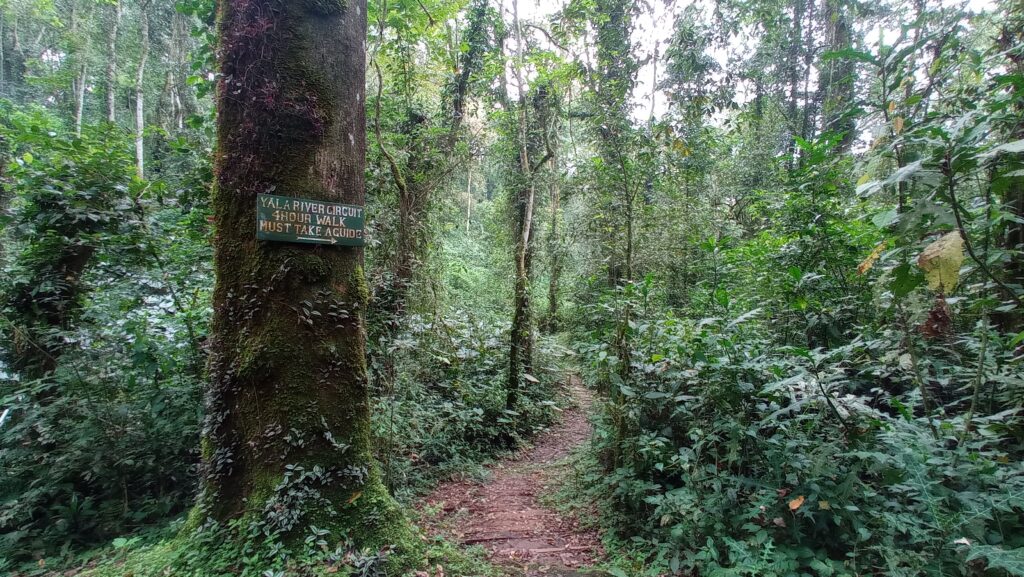
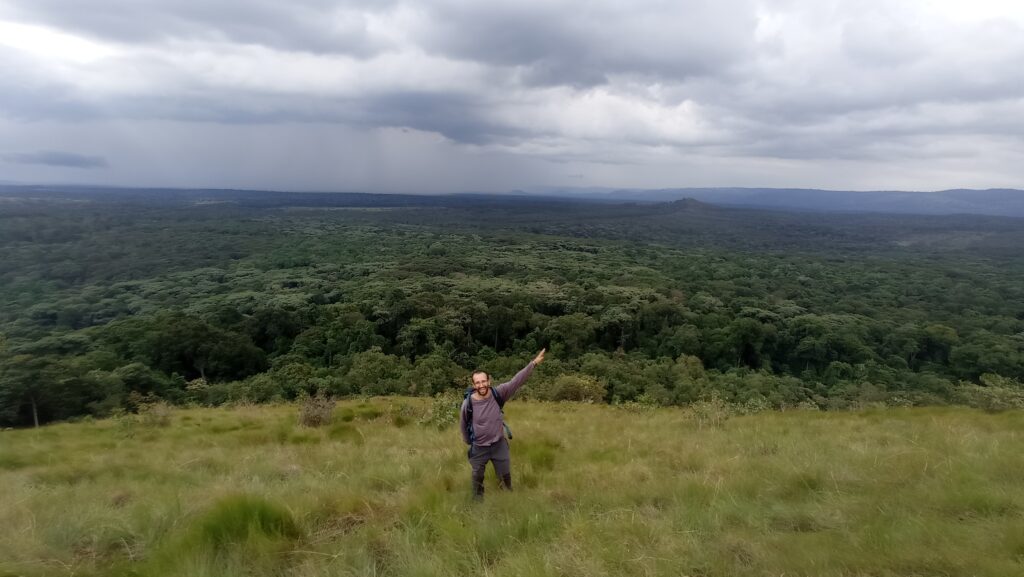

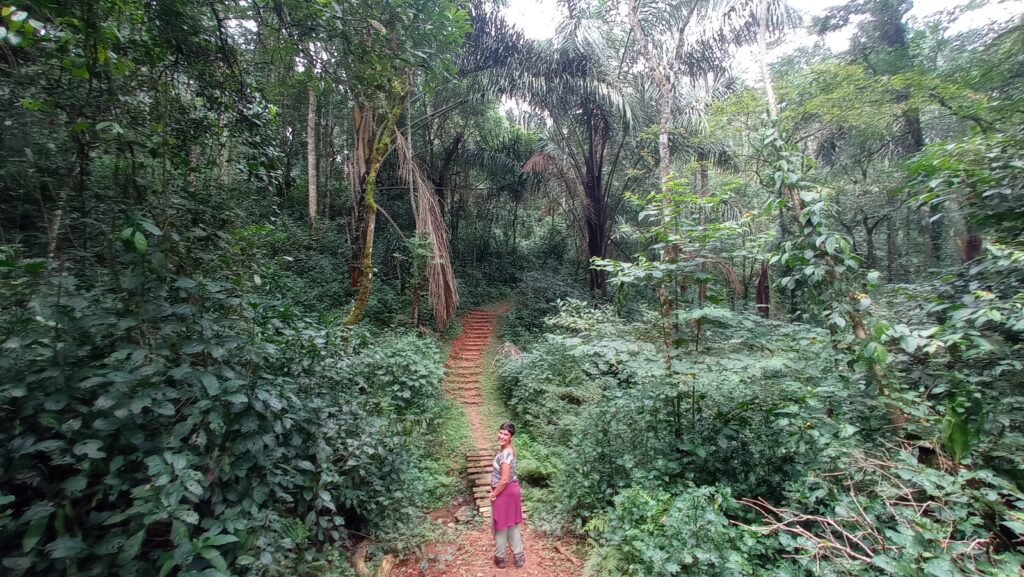
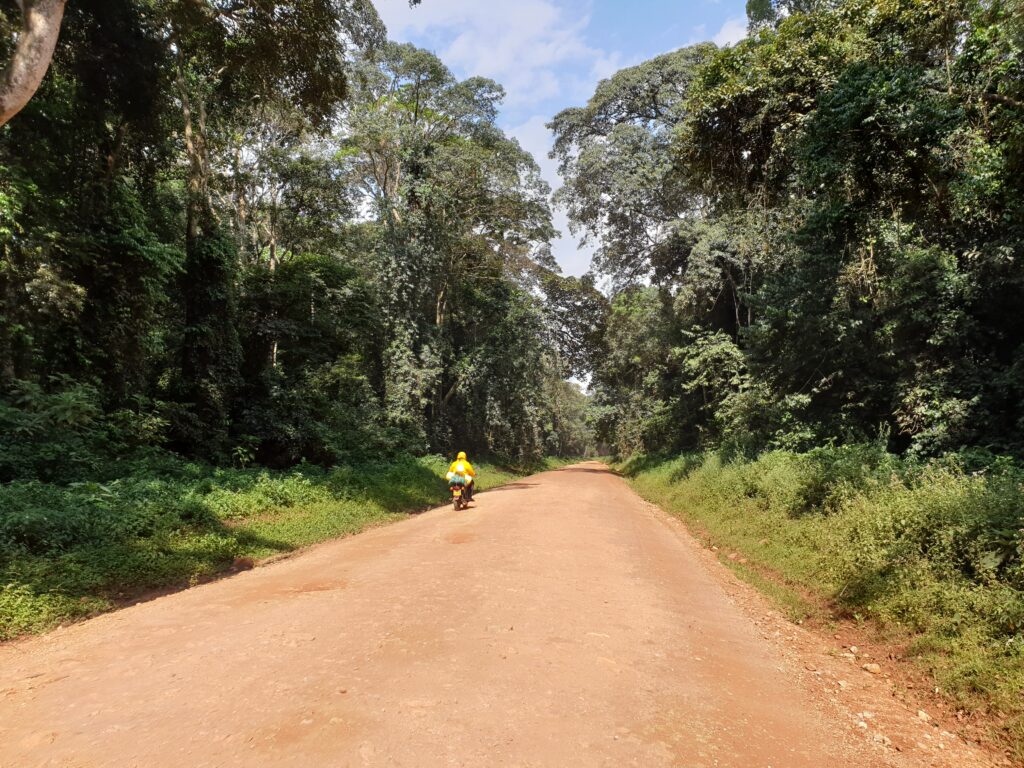
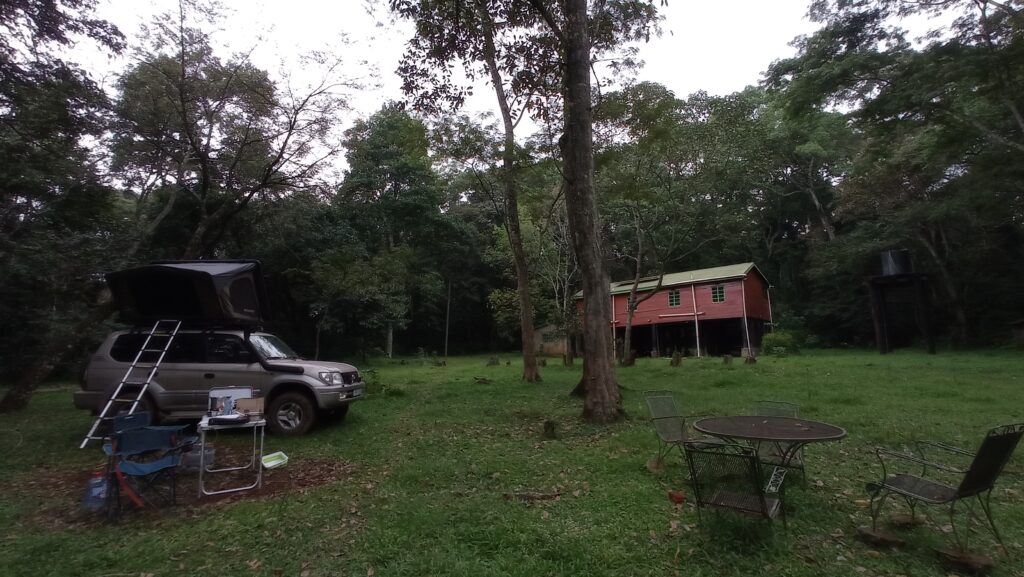
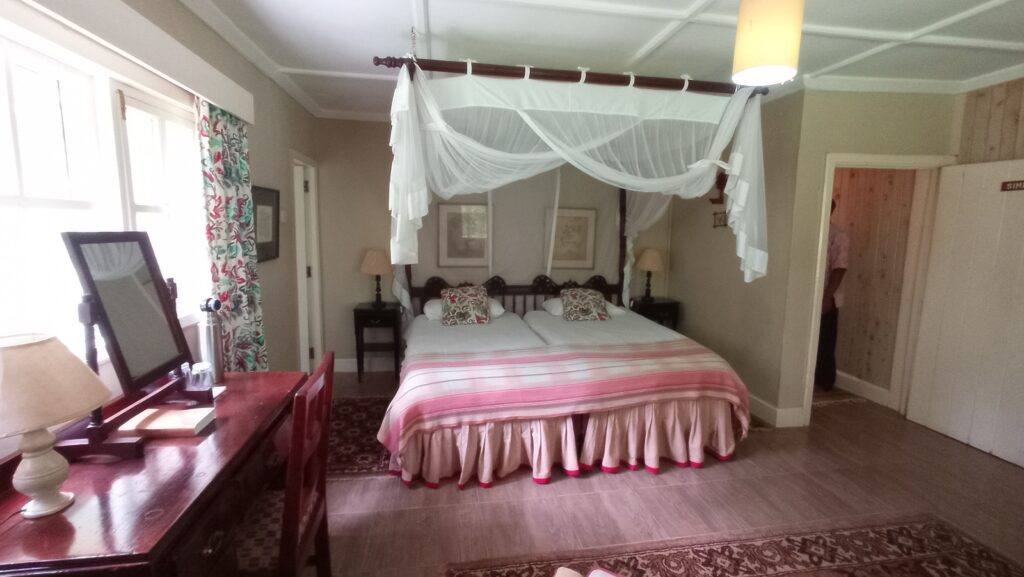

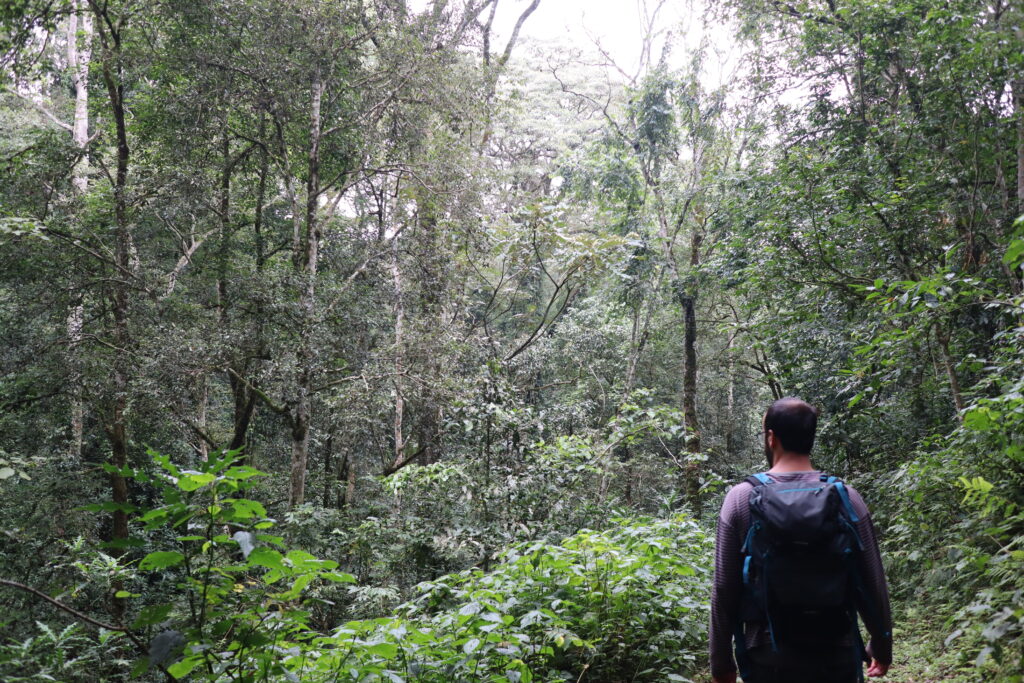
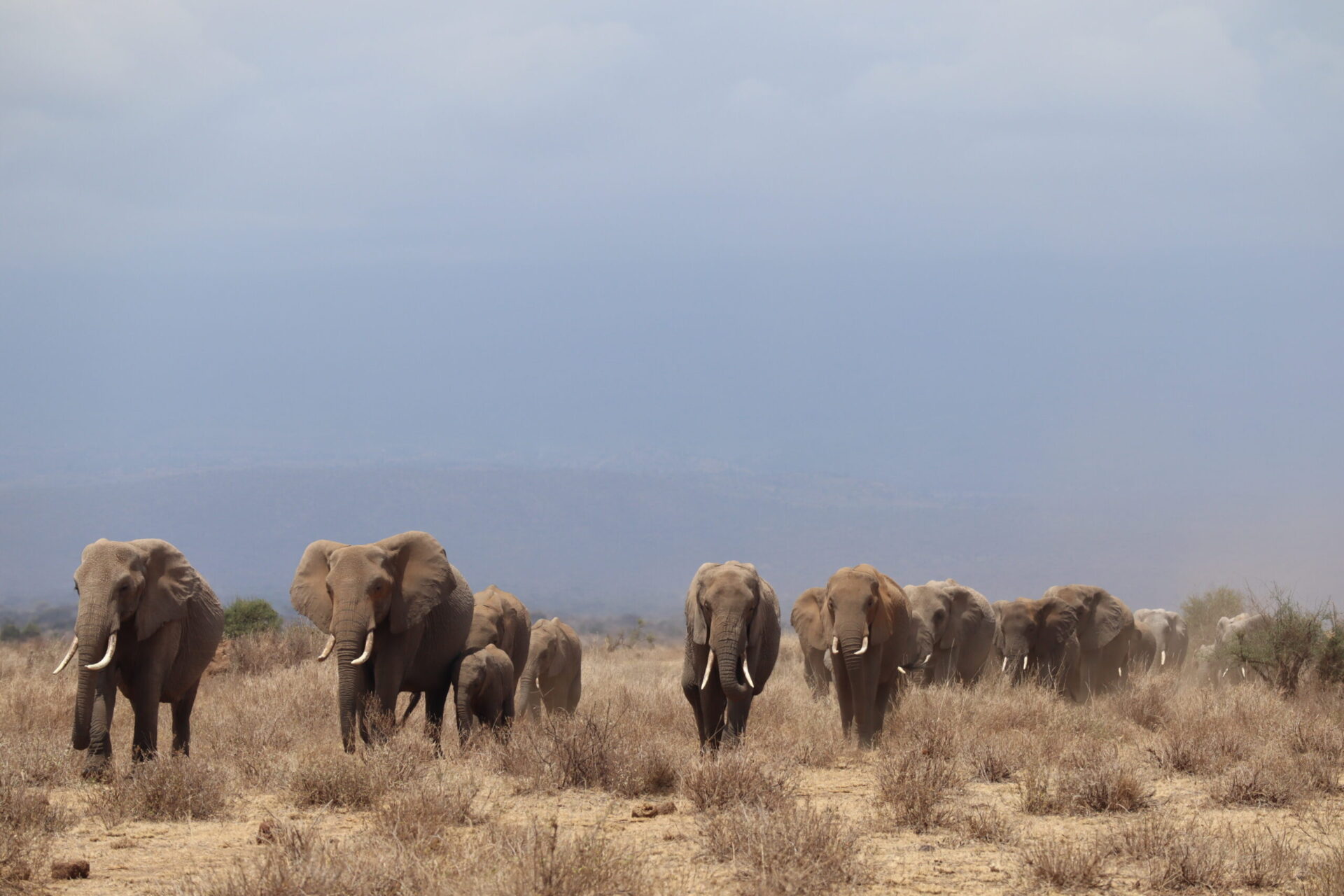

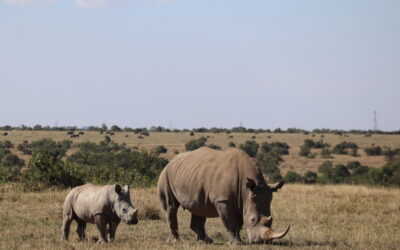
0 Comments